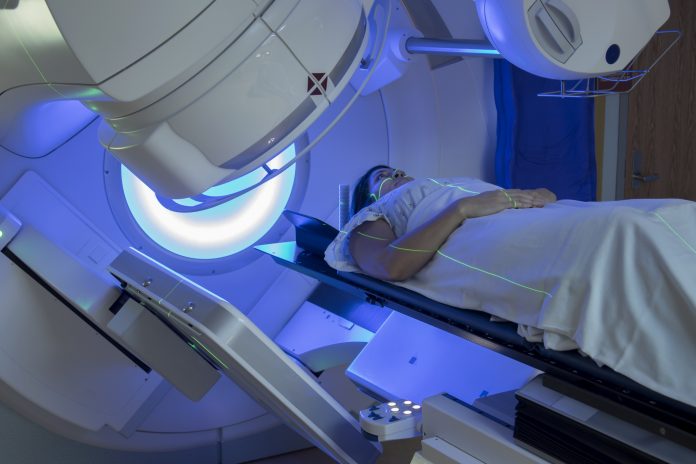
Scientists at the Children’s Medical Research Institute (CMRI) have solved a long-standing mystery in cancer treatment: how tumor cells die in different ways following radiotherapy. Their findings, published in Nature Cell Biology, reveal that some forms of cell death in cancer cells go unnoticed by the immune system while others trigger an immune response that kills cancer cells. This has the potential to lead to new therapeutic approaches that block the cell death mechanism not recognized by the immune system to encourage immune response.
“The surprising result of our research is that DNA repair, which normally protects healthy cells, determines how cancer cells die following radiotherapy,” said senior author Tony Cesare, PhD, head or CMRI’s genome integrity unit. “It turns out that these repair processes can recognize when the damage is overwhelming, such as with radiation, and can instruct a cancer cell how to die.”
Radiation therapy is a cornerstone of many cancer treatment regimens. It works by damaging the DNA of tumor cells, causing them to die. However, researchers have long wondered why cells within the same tumor die in different ways after radiation.
The CMRI team found that the fate of a cancer cell after radiation depends on how it repairs its DNA. One of these mechanisms, homologous recombination (HR), prevents immune activation by causing the cell to die quietly during mitosis. But cells that repair DNA through alternative methods release molecules that mimic an infection, which alerts the immune system and prompts it to destroy the cancer.
“When DNA damaged by radiation therapy was repaired by homologous recombination, cancer cells died during cell division in a way that goes unnoticed by the immune system,” Cesare said. “But when cells dealt with the damage using other repair methods, the resulting byproducts appeared like an infection, triggering the immune system to respond.”
The team also demonstrated that blocking HR could change the way cancer cells die, encouraging a response from the immune system.
“We found that the manner in which tumor cells die after radiotherapy depends on the engagement of specific DNA repair pathways, especially when radiation is delivered at high doses,” said co-leader of the research Harriet Gee, DPhil, a radiation oncologist at Australia’s Western Sydney Local Health District Radiation Oncology Network. “This opens up new opportunities to enhance radiation efficacy through combination with other therapies, particularly immunotherapy, to increase cancer cures.”
One of the most significant findings was the behavior of cancer cells with mutations in the BRCA2 gene, which is crucial for homologous recombination. These cells did not die during mitosis after radiotherapy, suggesting that targeting BRCA2-deficient cells could enhance treatment outcomes.
In the study, the researchers used advanced live-cell imaging technology to track irradiated cells for up to a week after treatment. This allowed them to observe the entire process of cell death and gain a deeper understanding of the role DNA repair pathways play in determining a cell’s fate and the complexities of radiotherapy’s effects on cancer cells.
The research also sheds light on how tumor genetics could predict how a tumor will respond to radiation. For example, in cells with defective DNA repair mechanisms, such as those lacking BRCA2, cancer cells are less likely to die during mitosis, but instead survive and may spread. Understanding these variations in tumor behavior could lead to more personalized cancer treatments and aid in the development of more effective combination treatments.








![Best Weight Loss Supplements [2022-23] New Reports!](https://technologytangle.com/wp-content/uploads/2022/12/p1-1170962-1670840878.png)




